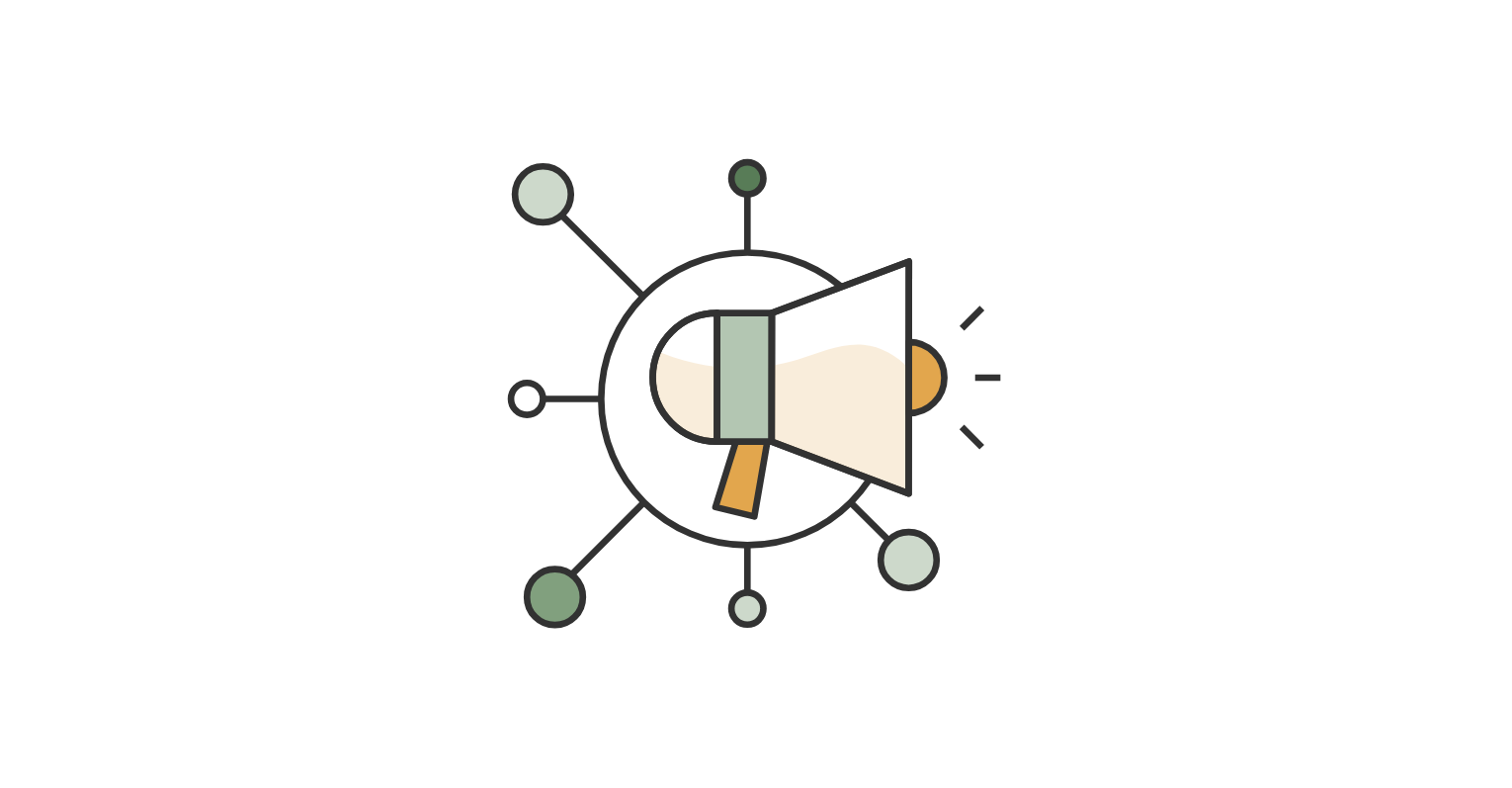
What Is Decision Split In Marketing Cloud?
Decision split in Journey Builder is a feature in Salesforce Marketing Cloud. It lets marketers create dynamic, personalized customer journeys. You can use decision split to branch paths based on customer data and behavior.
Each customer follows a different path based on specific conditions. These might include actions, interests, or purchase history. The goal is to deliver the most relevant content at the right time.
What Is Engagement Split Marketing Cloud?
Definition of Engagement Split in Marketing Cloud
The engagement split in Salesforce Marketing Cloud is a powerful feature within the Journey Builder tool that allows marketers to create dynamic paths for their customers based on how they interact with marketing content. It is a vital component for tailoring customer journeys, as it utilizes actual engagement data, such as email opens or link clicks, to make informed decisions about the subsequent steps a customer should experience. By strategically placing engagement splits in a journey, companies can increase personalization and relevance, fostering deeper connections with their audience.
Differences Between Engagement Split and Decision Split
While both engagement splits and decision splits in Marketing Cloud provide pathways within journeys, they differ primarily in the data they use to determine the customer’s next steps. Engagement splits focus on the customer’s interactions with previous communications, like emails or SMS, using this data to guide them down different paths based on their engagement level. In contrast, decision splits use predefined criteria or data points from a customer’s profile or behavior at large, such as demographic information or purchase history, to decide which journey path fits best.
Examples of Engagement Split Applications
Marketers use decision split in many ways. One example is tailoring product offers based on past behavior. If a customer buys a product, they get a follow-up email.
If not, they may receive a discount or educational content. Decision splits also help re-engage inactive users or upsell current customers.
What Is Random Split In SFMC?
Random Split in Journey Builder is simple to set up. Marketers insert the block, define percentages, and assign next steps.
Each customer is routed based on assigned distribution. This method supports varied experiences and testing across journey paths.
You can align Random Splits with strategic goals. This ensures personalized messaging and consistent campaign objectives.
Marketers use Random Split to test different journeys. It empowers decision-making through real-time performance data and A/B test insights.
Random Split supports campaign experimentation. It helps improve personalization and boosts overall engagement across diverse customer segments.
Use Random Splits to identify high-performing content. Route users based on engagement, and refine each journey path accordingly.
Ultimately, Random Split drives efficiency. It allows marketers to innovate quickly and personalize at scale in SFMC.
Benefits of Using Random Split for A/B Testing
A primary advantage of using the Random Split is the ability to optimize customer engagement strategies. By randomly assigning contacts to different paths, marketers can effectively compare the performance of multiple approaches in achieving predefined goals such as open rates, click-through rates, or conversions. This analytical capability is crucial for refining marketing tactics, improving customer experiences, and maximizing return on investment (ROI).
Furthermore, the insights gained from such tests can inform longer-term strategy decisions, providing evidence-based justification for investing in particular channels or messaging.
Implementation of Random Split Within Campaigns
Implementing a Random Split in your campaigns is a straightforward process within SFMC’s Journey Builder. Users can easily insert a Random Split into their journey, set the desired distribution percentages for each path, and map out the subsequent customer journey experiences. This systematic yet flexible approach ensures that the configuration aligns with specific business goals and marketing strategies.
Incorporating Random Splits into campaigns not only enhances personalization but also empowers marketers to make data-driven decisions, improving overall customer engagement and satisfaction. Ultimately, leveraging the Random Split in SFMC serves as a critical tool for any marketing team aiming to innovate and test efficiently in the dynamic landscape of digital marketing.
What Is Frequency Split In SFMC?
In the fast-paced world of modern marketing, understanding not only who your audience is but also how often to reach out to them can significantly influence your success. This is precisely where the frequency split in Salesforce Marketing Cloud (SFMC) becomes invaluable. At its core, the frequency split feature allows marketers to tailor the frequency of their communication based on data-driven insights, ensuring optimal engagement without overwhelming their audience.
Introduction to Frequency Split in Marketing Cloud
The Einstein Frequency Split is an advanced feature within SFMC that empowers marketers to define how often subscribers should receive messages. Rather than relying on guesswork or generalized timing strategies, the frequency split uses actual customer data to determine the ideal cadence for communication. This personalization ensures that marketing efforts align with each customer’s engagement level, protecting the relationship and boosting overall campaign effectiveness.
Integration with Einstein AI for Advanced Scoring
One of the remarkable aspects of the frequency split is its integration with Einstein AI. Einstein Engagement Scoring evaluates your subscribers’ likelihood to engage based on historical data and behavioral patterns. By harnessing AI insights, marketers can segment their audiences more precisely, sending frequent communications to highly engaged subscribers while reducing contact with those less engaged. This targeted approach not only maximizes engagement but also respects subscriber preferences, reducing the risk of opt-out or marketing fatigue.
Impact of Frequency Split on Campaign Management
Utilizing frequency splits leads to several strategic advantages for campaign management. It improves content relevancy and timing, thereby increasing the likelihood of positive interactions. By strategically placing emails or messages, marketers can nurture a relationship throughout the customer journey without being perceived as intrusive. Additionally, the frequency split supports better resource allocation and enhances ROI. By focusing efforts and resources on more receptive audience segments, overall marketing efficiency improves.
Maximize your marketing with Revely’s industry-leading Salesforce implementation and integration services. Discover how our tailored solutions can revolutionize your customer engagement strategies, making your campaigns more impactful and your brand unforgettable.



